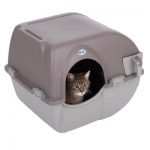
A very wide variety of cat litter exists on the market, but which one to choose? Silica litter, clumping litter, recycled paper litter, and many more. Here are the main types of litter and their characteristics to make your choice easier.
Silica litter

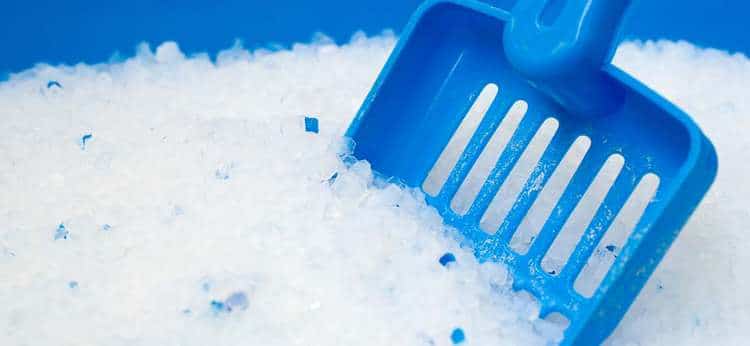
What is that?
Silica litter is a litter composed of quartz crystals and baking soda, it comes in the form of small transparent crystals. These small crystals have the particularity of a very high capacity for absorbing liquids and trapping odors thanks to their tetrahedral structure. Over the time that your cat goes to relieve itself in the silica litter, the crystals that have absorbed urine will turn yellow, allowing you to judge whether the litter needs to be changed or not.
If you find small colored crystals, usually blue, inside your silica litter, it is because some brands use them as an indicator to more easily determine if the litter needs to be changed. The colored crystals are crystals like any other, they have only been infused with a dye that is not harmful to your cat in order to notice if the litter needs to be changed at a glance.
The characteristics of silica litter?
The main advantage of silica litter is that it is very easy to maintain. The only upkeep is to scoop up the droppings on top and mix well once a day. The urine will lodge in the small crystals and trap the smell at the same time. Mixing the litter will ensure that the already soaked crystals are not left on the surface. It is advisable to change the litter about once a month. Silica litter also has the particularity of being very dust-free, therefore, perfect for asthmatic cats.
Clumping cat litter

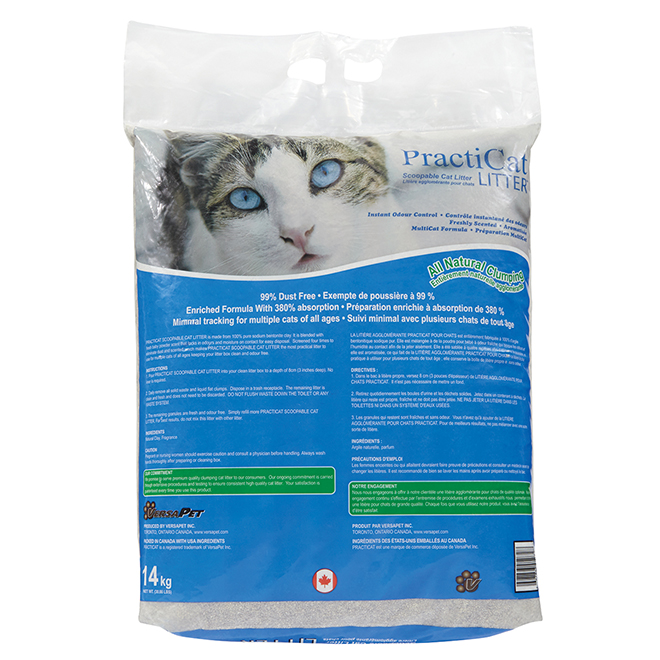
What is that?
Clumping litter is litter composed primarily of clay minerals. Clay has a high humidity level which has the effect of creating more or less solid balls when in contact with liquid such as your cat’s urine or liquid excrement.
The characteristics of clumping litter?
Clumping litter has the advantage of being easy to maintain thanks to the balls formed due to the properties of the latter. Some brands use a low scent embedded in the litter to reduce foul odors in your facility. Clumping litter is also popular for its low price compared to other litter models. The maintenance of this litter is quite simple, you just need to scoop up the lovers formed through urine and solid waste on top with a sieve shovel and replace the used litter with new one. It is advisable to change empty its tray and use new litter once a month.
Recycled paper litter
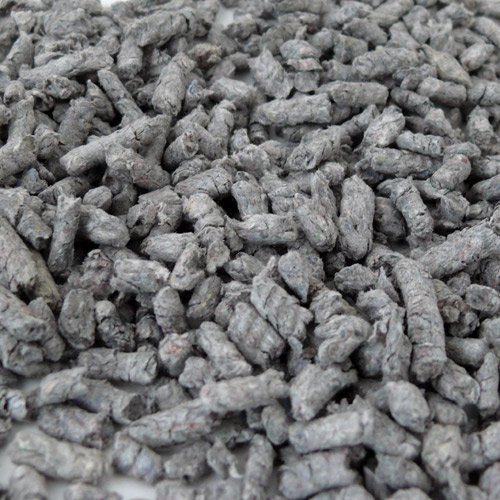
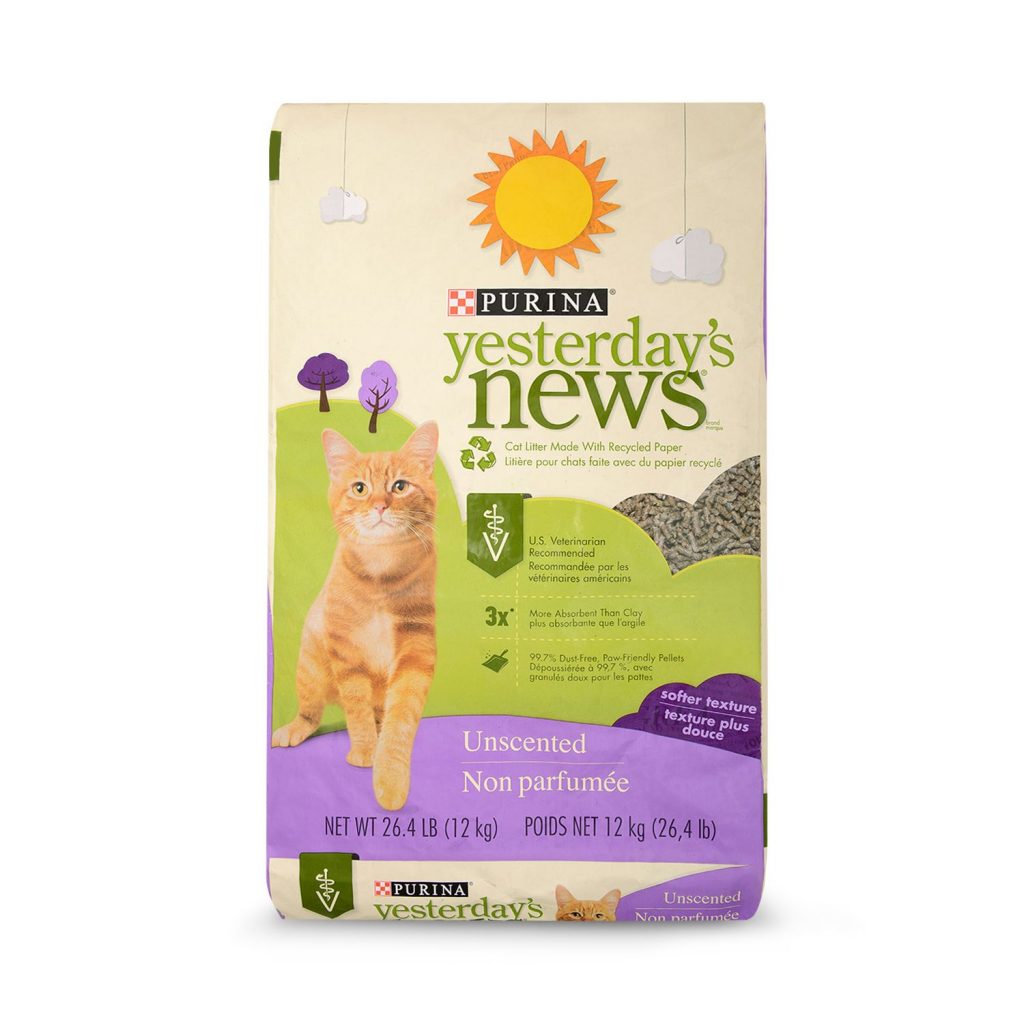
What is that?
Recycled paper litter is, as the name suggests, recycled paper litter, without ink or chemicals. Due to its composition, it offers a great absorption capacity for odors and liquids as well as a long lifespan.
Characteristics of recycled paper cat litter
Paper litter is unique in that it is not made up of small crystals or granules. Since this litter is made up of larger pieces of paper, the paper sticks may be too big to fit through the holes in your shovel. You can use a shovel with bigger holes, but risk throwing away papers that are still usable. You can then continue to use a shovel with smaller holes if you wish. To more easily spot the pieces of paper already soaked, look at the darker ones.
When your cat goes to urinate, the urine will lodge at the bottom of the tray, so it is the papers at the bottom of the tray that must be removed. Note that, unlike clumping litter, it will not form a ball when your cat goes to relieve itself. As this litter has the particularity of being very little irritable, it is a good option for sensitive cats or kittens.
Diatomaceous earth cat litter
A diatom-based cat litter made from the fossilized skeletons of tiny aquatic organisms called diatoms. This natural and ecological litter is available in non-clumping form. It is in the form of a porous rock which, once reduced to small granules, provides a 100% natural litter. A bio-compatible and ultra-comfortable litter. Namely, it is easily maintained like silica litter.
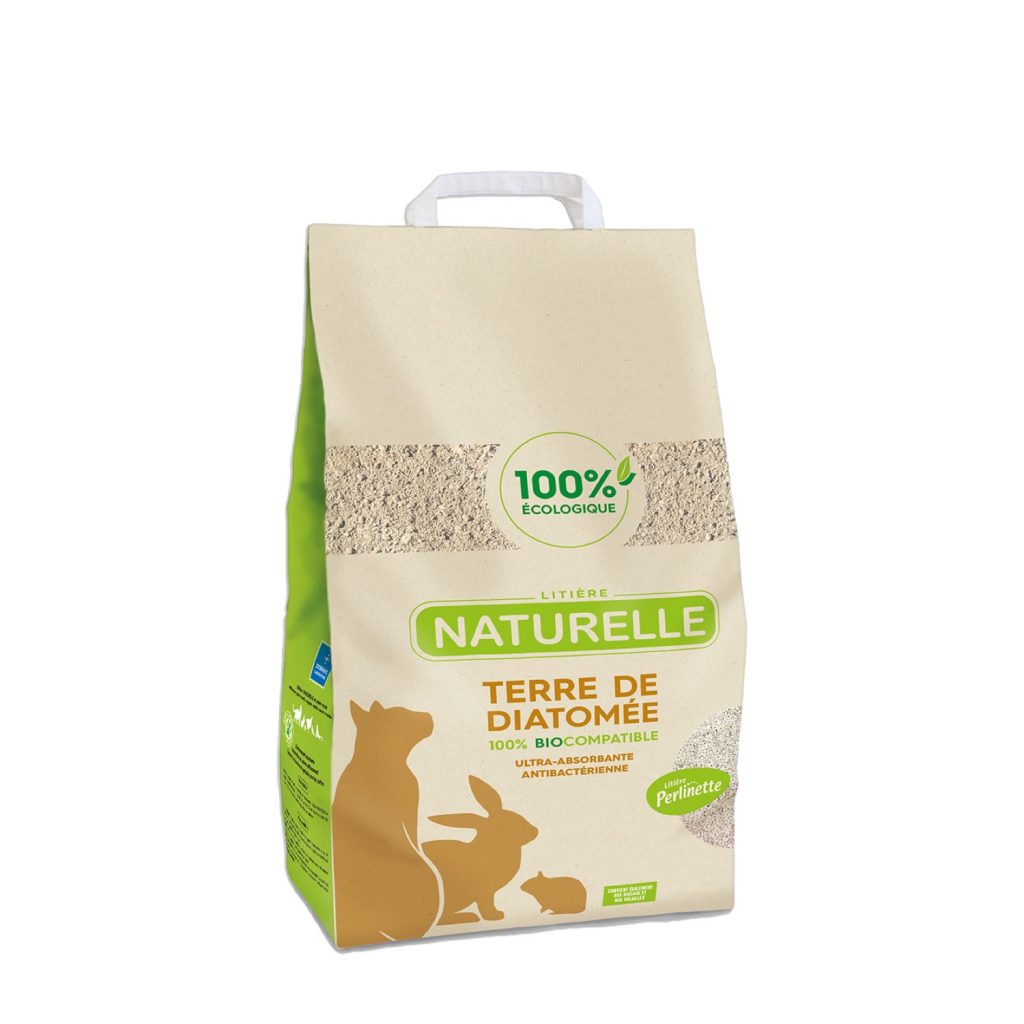
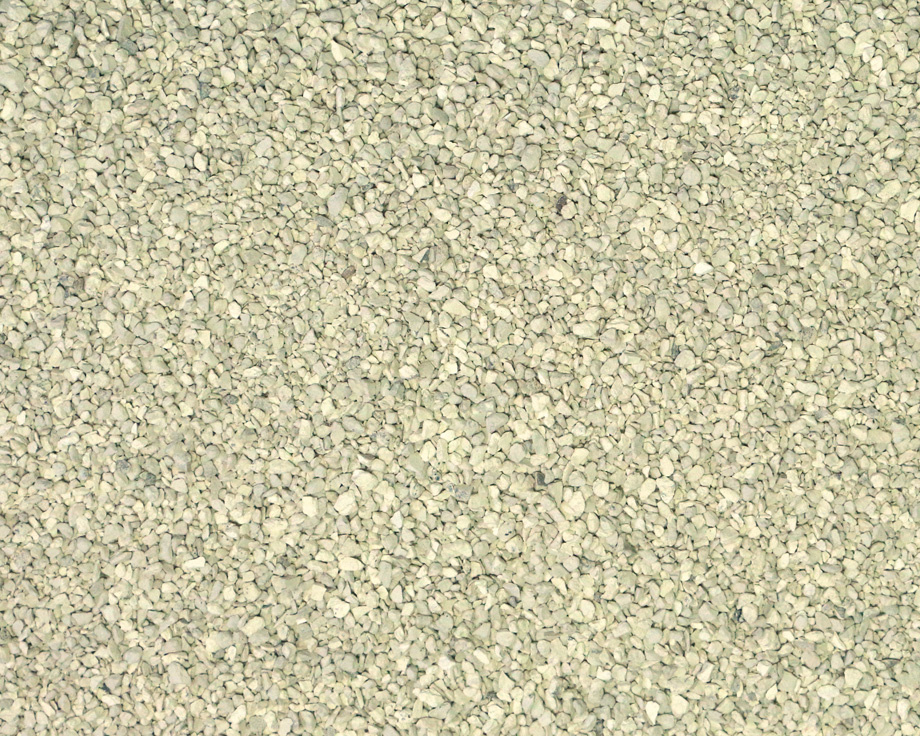
Conclusion
In conclusion, each litter has its own advantages. Look at the different litter models and compare the pros and cons to make your choice. To see several examples of litter boxes mentioned earlier, click here.


